FACTS ABOUT SOUTH AMERICA
1. South America covers an area of 17,840,000 square kilometres. It is the fourth largest continent in the world.
2. There are 12 independent countries in South America. They are Argentina, Bolivia, Brazil, Chile, Colombia, Ecuador, Guyana, Paraguay, Peru, Suriname, Uruguay and Venezuela.
3. In addition, there are 3 dependencies i.e. claimed by an independent country: Falkland Islands – also called the Malvinas (British territory – Argentina is still trying to claim them), French Guiana (territory of France), South Georgia and the South Sandwich Islands (British territory)
4. Total population of South America is approximately 422.5 million (2017). It ranks fifth after Asia, Africa, Europe and North America.
5. Due to its triangular shape, it has the least amount of coastline compared to any other continent.
6. Most of South America is located in the Southern Hemisphere.
7. America is named after Amerigo Vespucci, the Italian explorer who set forth the then revolutionary concept that the lands that Christopher Columbus sailed to in 1492 were part of a separate continent.
8. South America is very diverse. It is home to the vast Amazon rainforest, grasslands like the pampas plains and savannahs such as the Atacama desert.
9. The original inhabitants of South America are believed to have descended from the same Asiatic peoples who migrated to North America from Siberia.
10. The first humans crossed the Bering Strait (formerly Bering Land Bridge) from the territory that is now considered Russia some 15,000 years ago.
11. Approximately one third of the world’s coffee is produced in Brazil.
12. The largest country in South America is Brazil. With its 8.516 million square kilometres it covers half of the continent’s land mass. It also has the largest population with 209.3 million inhabitants (2017).
13. Spanish is spoken in all of South American countries except Brazil. Portuguese is the language of Brazil.
14. The Itaipu Dam in Paraguay is the world’s second-largest hydroelectric facility and supplies three-quarters of the electricity used in Paraguay and 17% of the electricity used in Brazil.
15. The Venzuelian Simon Bolivar was one of the greatest military and political figures in the history of the continent. He led five countries, namely Colombia, Venezuela, Ecuador, Peru, and Bolivia (as well as Panama, in Central America) to independence from the colonial powers.
16. South America is home to some of the most amazing geographical features including the Andes mountains, the Amazon basin and rainforest, the Brazilian highlands, the pampas plain, the Pantanal wetlands and the Guiana highlands.
17. It is believed that there are still native tribes living so deep in the Amazon rainforest that they have not yet been contacted by any modern man.
18. Venezuela was named after the Italian city of Venice. The explorer Americo named it “Veneziola”, Italian for “Little Venice”
19. The capital of Brazil, Brasilia, was build from scratch following the design of the famous architect Oscar Niemeyer.
20. Tango dancing originated in the lower-class districts of Buenos Aires in Argentina. It is a fusion between African and Amerindian traditions with some European influence.
21. The Nazca Lines in the arid coastal region of Peru cover some 450 square kilometres. They were created between 450-600AD. Their designs are so big that they can only be understood from space.
22. Ecuador is home to over 1000 species of orchids.
23. The “Catatumbo lightening” occurs in Venezuela. For some 160 days a years Lake Maracaibo can be struck by lightening for 10 consecutive hours.
24. Quechua is the most common indigenous language in South America. It is believed to have originated from the Incas. It has 46 dialects and is spoken by 8 million people scattered across parts of Peru, Bolivia, Colombia, Ecuador, Chile and Argentina.
25. The statue of Christ the Redeemer in Rio de Janeiro, Brazil, was named one of the “New Seven Wonders of the World” in 2007.
26. Suriname is the smallest country of South America with a population of only 490,000. It is the most heavily forested country on the continent. According to the UN approximately 94.6% of the country’s total land mass is covered by forests.
27. The Mayans, Aztecs and Incas all have their roots in South America – and they were among the wealthiest, yet most mysterious, colonies in the world.
28. The difference between a Llama and an alpaca lies in the shape of their ears, their face and their size. Otherwise they both belong to the camelid family.
29. Lima, capital of Peru, is the second driest capital of the world after Cairo. It rains some 5cm a year. It gets its water from the “Garua” – a blanket of low clouds hanging over the coast for most of the winter.
30. The Aconcagua in Argentina is the highest mountain in South America with its 6,962 metres.
UNIQUE FACTS ABOUT SOUTH AMERICA
31. The Pan-American highway with its 30,000 kilometres is the world’s longest motorable road. It is a network of roads starting in Alaska in North America and leading all the way to the lower part of South America only interrupted by some 160 kilometres between Panama and Colombia.
32. Lake Titicaca spans between the borders of Peru and Bolivia. It is often considered to be the highest commercially navigable lake in the world with ships carrying vehicles and passengers across the lake.
33. The largest river of the world by volume of water is the Amazon River in South America. It has more water than the next seven largest rivers combine.
34. South America is home to the driest place on earth i.e. the Atacama Desert in Chile.
35. The Amazon rainforest is the largest in the world. It extends some 4 million square kilometres and covers 40% of South American territory. It contains one fifth of the world’s freshwater.
36. The Amazon river has over 15,000 tributaries four of which are over 1,600 kilometres long.
37. The Amazon rainforest is considered to have the greatest biodiversity in the world.
38. The longest mountain range in the world, the Andes Mountains, is in South America. It spans some 8,900 kilometres from the north to the south of the continent.
39. The highest uninterrupted waterfall in the world is the Angel Fall in Venezuela. It is 1000 meters high.
40. La Paz is considered to be the world’s highest administrative capital at 3,640 meters above sea level. It is common for visitors to suffer from altitude sickness.
41. The port city of Buenaventura in Colombia is considered the wettest inhabited place on earth. It is also considered the rainiest city in the world.
42. Venezuela has the largest known oil and gas reserves. It has about 300 billion barrels of oil and 21,000 quadrillion cubic feet of gas reserves.
43. The capybara is a mammal living in South America and the largest living rodent in the world.
44. No other continent—except Antarctica—penetrates so far to the south.
45. The Condor is the world’s largest flying bird. It is native to Peru, Ecuador and Chile.
48. The Green Anaconda is the largest snake in the world. It lives in the Amazon. The largest ever captured was 5 meters long, and weighed 99 kgs.
49. Ecuador is the first country in the world to have granted constitutional rights to Nature.
50. The Pantanal is a natural region encompassing the world’s largest tropical wetland area. It extends over some 195,000 square kilometres. Eighty percent of the floodplains are submerged during the rainy season.
____________________________________
Also check out

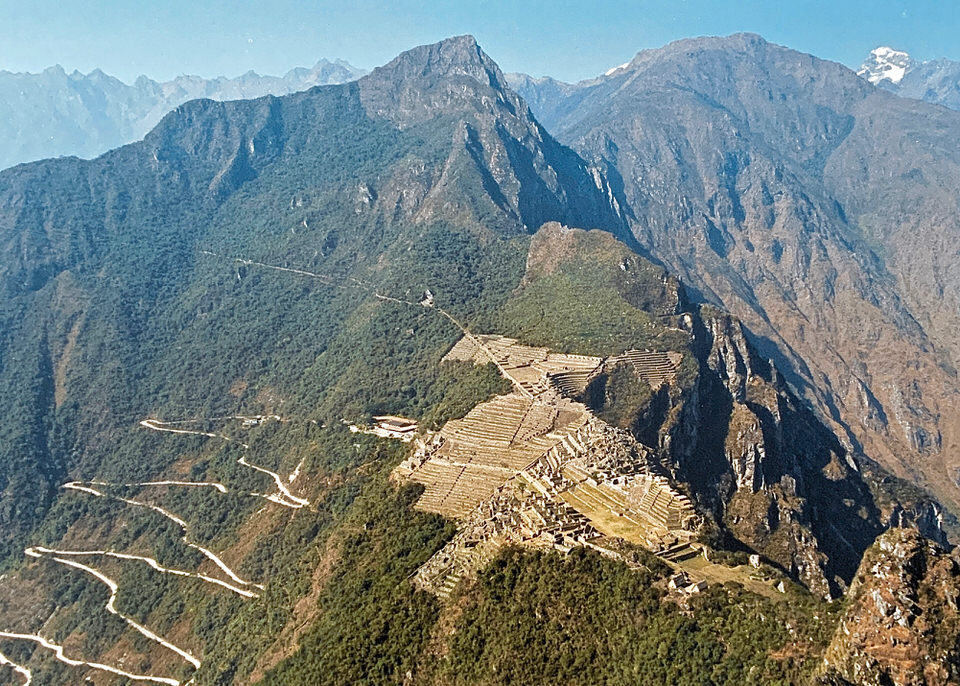
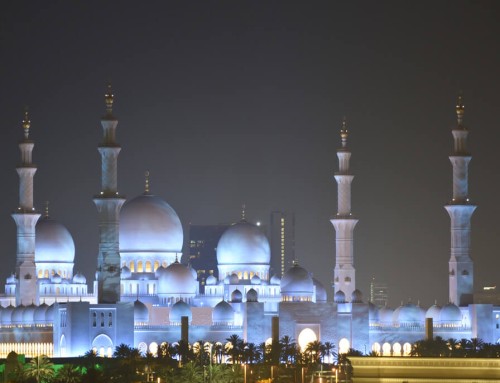
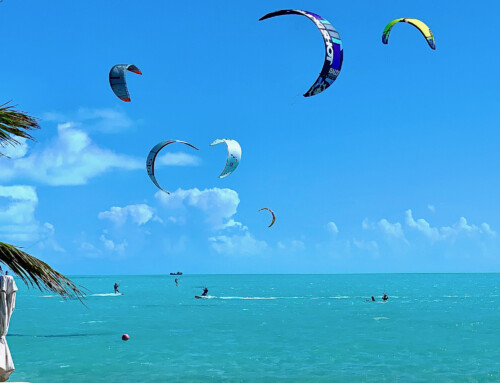
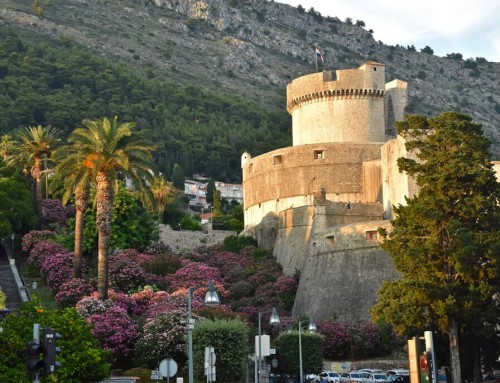
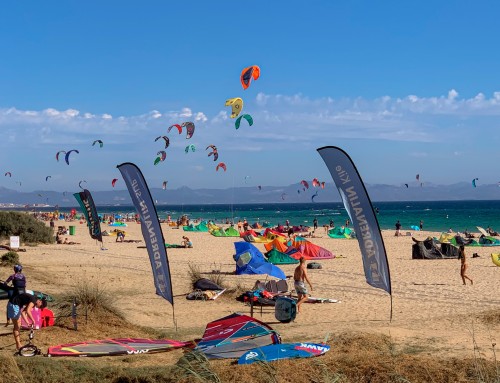
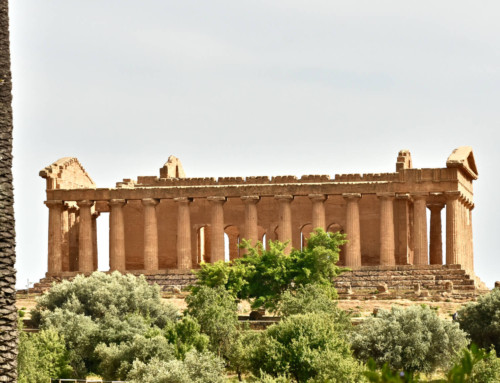
I would like to see fund facts about the Caribbean
Hahaha,
Good idea as I have a connection to the Caribbean but have not researched on it. Hang in there, coming soon :-))